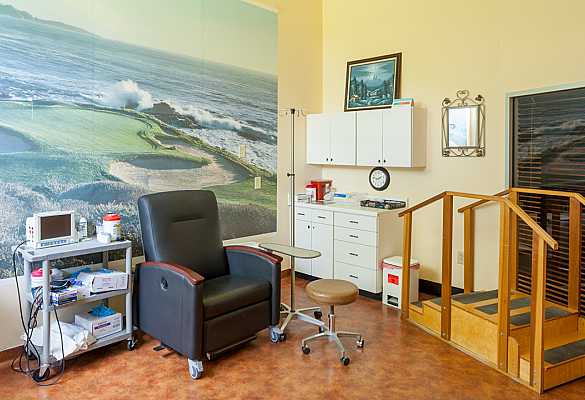Podiatric Care

What is Podiatric Care?
Podiatry is a specialized branch of medicine focused on treating conditions of the feet and ankles. Your feet and ankles are incredibly complex parts of your body, and knowing how to properly treat them takes years of study. Podiatrists attend special podiatry-focused medical schools and complete a 3-year surgical residency, making them the most qualified medical professionals to treat foot and ankle problems.
Most foot and ankle conditions affect either the skin, nerves, muscles, bones, tendons, or veins in your lower appendages. Your symptoms can vary depending on your condition and its severity, and can range from merely inconvenient to debilitatingly painful. Below is an overview of the most common podiatric conditions.
Skin Conditions
Skin problems are often some of the most visible podiatric conditions. The affected skin may itch, burn, peel, or blister, depending on your condition. It may also become red or develop an open sore. These conditions can be painful to live with on a daily basis. They can also be a source of embarrassment, thanks to their unsightly nature. Podiatric skin conditions include but are not limited to:
- Athlete’s foot
- Warts
- Infections
- Cracked heels
- Soft tissue masses
- Ingrown toenails
- Foreign bodies
- Fungus
Neurological Conditions
There are several ways the nerves in your foot and ankle can be injured. When they are, even the smallest of daily activities becomes more difficult and painful. Common symptoms of a podiatric neurological condition include tingling, numbness, or a burning pain, all of which make walking and moving uncomfortable at best and impossible at worst. Neurological conditions include but are not limited to:
- Diabetic neuropathy
- Tarsal tunnel
- Morton’s neuroma
- Numbness
- Nerve entrapment
- Drop feet
Musculoskeletal Conditions
Musculoskeletal conditions can develop due to weak muscles, abnormal bone growth, or unusual stress on your foot or ankle. Some problems will correct themselves over time or with the help of an orthotic. Others require surgery or physical therapy to restore the foot and ankle to their normal, painless function. Musculoskeletal conditions include but are not limited to:
- Bunions
- Hammertoes
- Heel spurs
- Fractures
Muscle Tendon Conditions
Tendons and ligaments are the connective bands of tissue that join muscles to bone. They play an important role in the body’s mobility, but they’re also susceptible to injury just like the rest of your foot or ankle. Many of the muscle tendon conditions we see are the result of a joint that moved incorrectly, but this is not the only cause for tendon or ligament injury. Muscle tendon conditions include but are not limited to:
- Flat feet
- Plantar fasciitis
- Sprains
- Strains
- Tendon ruptures
- Tears
Circulatory Conditions
Proper circulation is important for the health of your feet and ankles. But if your circulation is poor, you may start to develop problems with your lower limbs. Blood clots or inflammation may cause or worsen these conditions, and if left untreated, could lead to amputation. Circulatory conditions include but are not limited to:
- Phlebitis DVT or superficial phlebitis
- Venous insufficiency ischemic changes
- Leg cramps
- Restless leg syndrome
- Non-healing wounds leading to foot amputations
Other Conditions
Sometimes a foot or ankle condition doesn’t fit any of the above categories. In those cases, we always work hard to diagnose the conditions and provide our patients with the best possible care. Other podiatric conditions include but are not limited to:
- Gout
- Congenital conditions
Let us make walking easy
Pain is your body’s signal that something is wrong. If you have pain in your foot or ankle, why live with it any longer? Make an appointment today.
